view of northern shore of Devil's Lake: CrispAir, CC BY 3.0, via Wikimedia Commons @ https://commons.wikimedia.org/wiki/File:Devils_Lake_State_Park.jpg
Baraboo Range in winter: Jonah Westrich, CC BY-SA 2.0, via Wikimedia Commons @ https://commons.wikimedia.org/wiki/File:BarabooRangeWinter.jpg
Natural Bridge State Park's natural bridge arches over rockshelter: Joshua Mayer (wackybadger), CC BY-SA 2.0, via Flickr @ https://www.flickr.com/photos/wackybadger/4286160681/
natural bridge (above) arches over rockshelter (right lower foreground: Wisconsin Department of Natural Resources, CC BY-ND 2.0, via Flickr @ http://www.flickr.com/photos/widnr/6560669739/
"Múk-a-tah-mish-o-káh-kaik, Black Hawk, Prominent Sac Chief," 1832 oil on canvas by George Catlin (1796-1872): Cliff (cliff1066™), CC BY 2.0, via Flickr @ http://www.flickr.com/photos/nostri-imago/3406980155
"Tshi-Zun-Hau-Kau (He- Who-Runs-with-Deer)," 1832-33 oil on canvas by Henry Inman (1801-1846)(M.H. deYoung Museum): Wmpearl, Public Domain (CC0 1.0), via Wikimedia Commons @ http://commons.wikimedia.org/wiki/File:'Tshi-Zun-Hau-Kau_(He-Who-Runs-with-Deer)'_by_Henry_Inman.JPG
"Pictorial notation of an Ojibwa music board," c1820 drawing by Seth Eastman (1808–1875): Library of Congress Prints/Photographs, Public Domain, via Wikimedia Commons @ http://commons.wikimedia.org/wiki/File:Meda_songs,_1851.jpg
Northern Bedstraw (Galium boreale) at Natural Bridge State Park in May: Joshua Mayer (wackybadger), CC BY SA 2.0, via Flickr @ https://www.flickr.com/photos/wackybadger/4286161503/
two hiking trails at Natural Bridge State Park: McGhiever, CC BY-SA 2.5, via Wikimedia Commons @ http://en.wikipedia.org/wiki/File:NaturalBridgeStateParkWImap.jpg
paper birch in January: Wisconsin Department of Natural Resources, CC BY-ND 2.0, via Flickr @ http://www.flickr.com/photos/widnr/6511600331/
shagbark hickory syrup: Vegan Feast Catering, CC BY 2.0, via Flickr @ https://www.flickr.com/photos/veganfeast/4523912259/
wild columbine (Aquilegia canadensis) in mid-June at Ferry Bluff (State Natural Area 217), 14 miles (22k) south of Natural Bridge: Joshua Mayer (wackybadger), CC BY SA 2.0, via Flickr @ https://www.flickr.com/photos/wackybadger/4302059441/
November's wintry sky: McGhiever, CC BY-SA 2.5, via Wikimedia Commons @ https://en.wikipedia.org/wiki/File:NaturalBridgeStateParkWI.jpg
verdant splendor in May: Joshua Mayer (wackybadger), CC BY SA 2.0, via Flickr @ https://www.flickr.com/photos/wackybadger/4286158825/


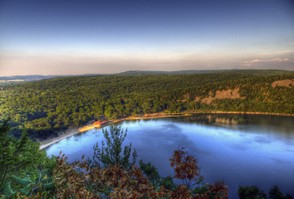
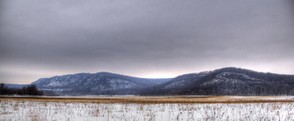
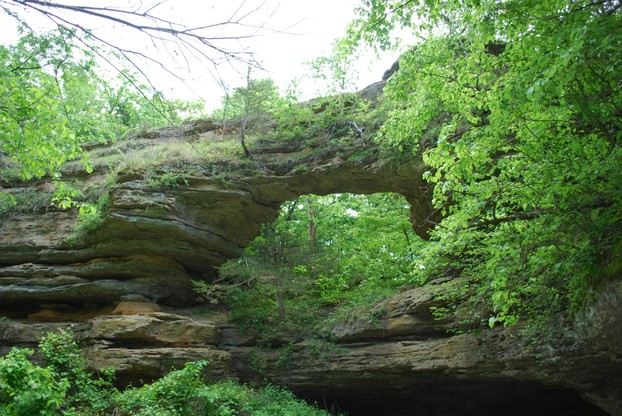
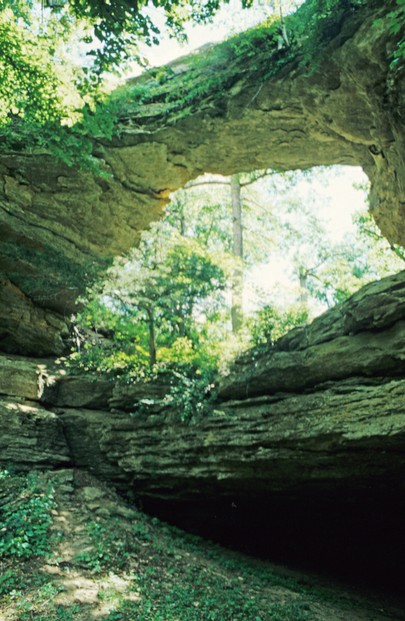
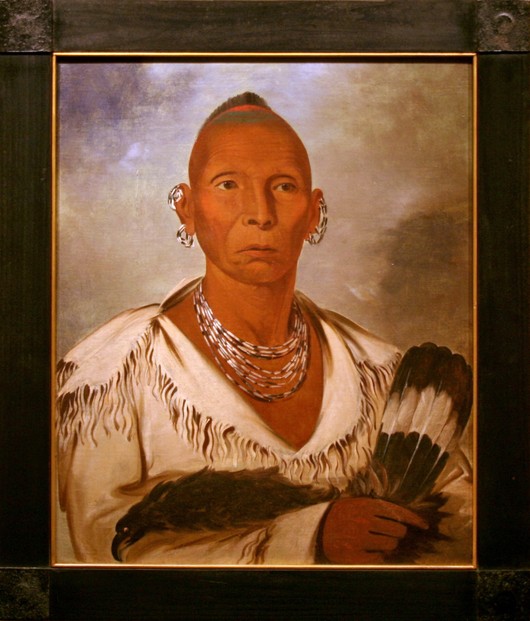
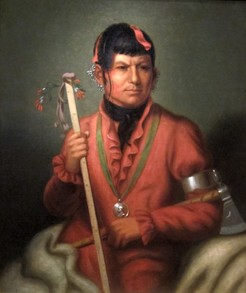
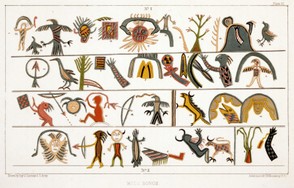
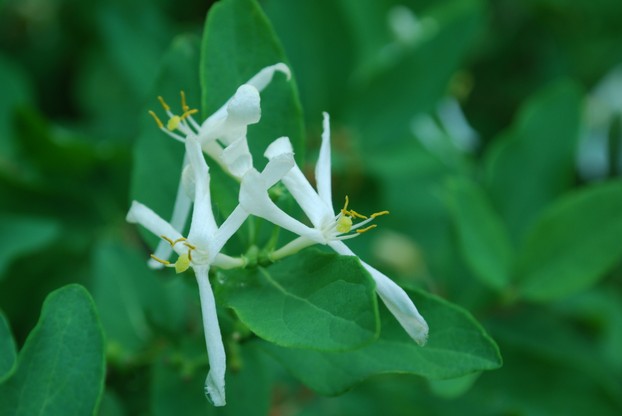
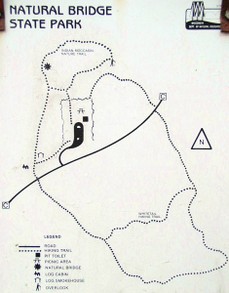
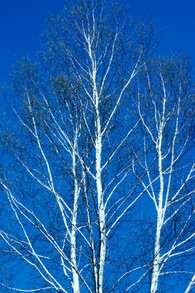
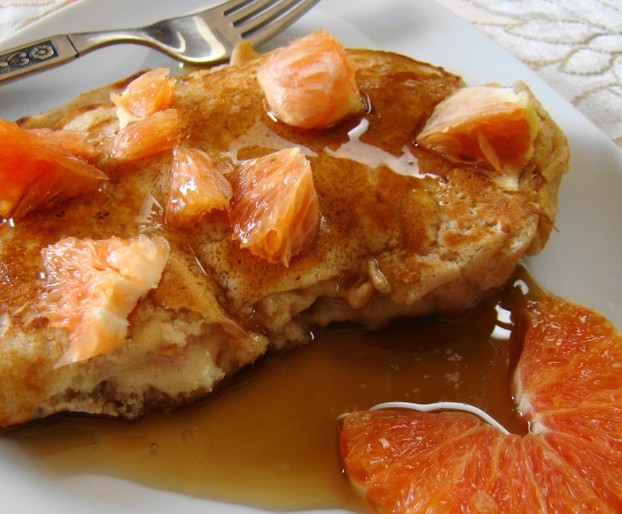
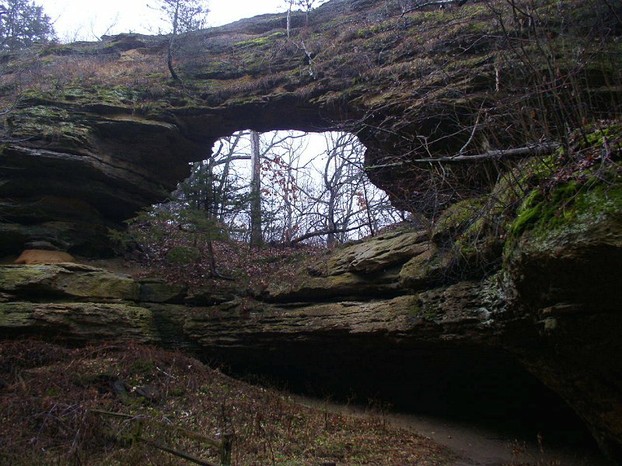
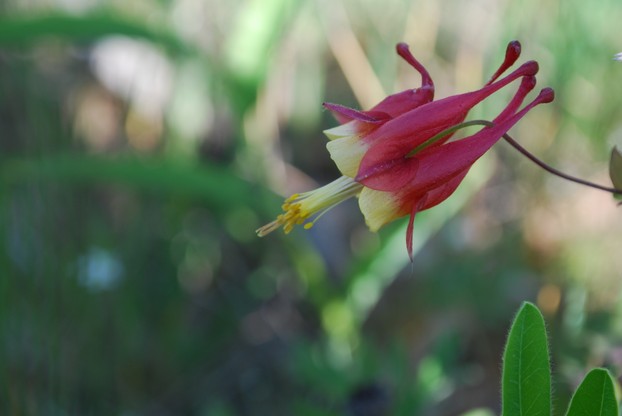
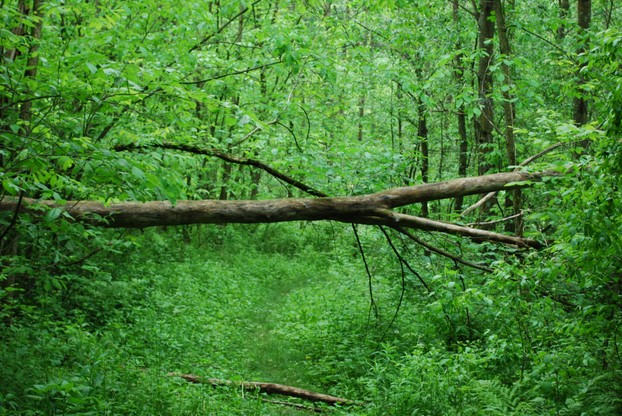




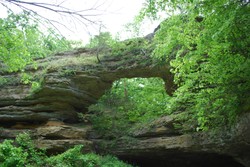

 Are Hawaiian Huakai Po Nightmarchers Avenging Halloween Thursday?on 10/02/2024
Are Hawaiian Huakai Po Nightmarchers Avenging Halloween Thursday?on 10/02/2024
 Mailing Addresses for 2023 Form 4868 Extending 1040 and 1040SR April 15, 2024, Due Dateon 04/15/2024
Mailing Addresses for 2023 Form 4868 Extending 1040 and 1040SR April 15, 2024, Due Dateon 04/15/2024
 Mailing Addresses for 2023 Forms 1040 and 1040SR Filed in 2024on 04/15/2024
Mailing Addresses for 2023 Forms 1040 and 1040SR Filed in 2024on 04/15/2024
 Mailing Addresses for 2022 Form 4868 Extending 1040 and 1040SR April 18, 2023, Due Dateon 04/13/2023
Mailing Addresses for 2022 Form 4868 Extending 1040 and 1040SR April 18, 2023, Due Dateon 04/13/2023

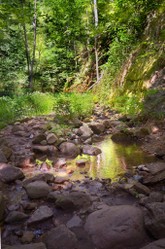
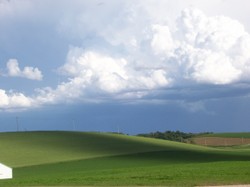
Comments
The computer crashed before I conveyed another component of my observation and question in the comment box immediately below this current one.
Some such plant species as among those in Natural Bridge State Park -- blackberries (Rubus allegheniensis), black cherry (Prunus serotina), common juniper (Juniperuscommunis), goldenrod (Solidago spp), frost grapes (Vitis riparia), hickory (Carya ovate), New Jersey tea (Ceanothus americanus), prickly gooseberry (Ribes cynosbati), sunflower (Helianthus annuus), witch hazel (Hamamelis virginiana) -- excel as jams and jellies alongside or on crepes and pancakes.
So mightn't it make for magnificent, marvelous munchables to manifest blackberry, black-cherry, common-juniper, prickly-gooseberry jams and jellies alongside or on February crepe- and pancake-month crepes and pancakes?
The month February celebrates national crepes and national pancakes days on Sunday, February the 2nd and Thursday, February the 13th respectively.
Family celebrations included hickory syrup-inundated crepes, pancakes and waffles.
Everything is delicious, what with involving family recipes.
But mightn't it be magnificently munchable with Natural Bridge-made hickory syrup?
State-, national-, international-modeled gardens interest me.
Natural Bridge State Park epitomizes a natural-bridge entry in a Unitedstatesian-national or a world-international garden.
Isn't it incomparably educationally entertaining, entertainingly educational that the Wisconsin natural bridge informs us of interactive northern and southern vegetation?
The computer crashed before I completed another component of my comment below.
Natural Bridge domiciles a lovely progression, a lovely succession of year-round vegetational interest.
For example, park trees feature basswood, black cherry, common juniper, hickory, oak, paper birch, prickly ash, quaking aspen, red maple and slippery elm. They inspire healthy air, soil food webs, soils and water.
What additionally is not to like about the preceding colors, shapes and sizes?
Natural Bridge has so much vegetation and such historic acquaintance through its enduring, interactive, known Native Americans that I always have fancied Natural Bridge-promoting eateries.
For example, the third subheading, Natural Bridge State Park: The Story of Shade-Tolerant Vegetation of Medicinal Interest, informs us of all the known herbals and their herbalism.
Might it not be munchably manageable to make munchable plants and munchable products made from such plants for area locals and visitors?
MikeRobbers, Natural Bridge is both a natural beauty and natural fun since everything is at the viewer's pace and since the viewing is really gorgeous. Thank you visiting and commenting.
A very good article my friend and beautiful imagery. Can see exactly why it is a natural wonder!
JohnnyKnox, Natural Bridge indeed is a natural wonder, so I'm happy that you find that wonder honored in my presentation. Thank you for visiting and commenting.
Seems as a wonderful place and you did a great presentation!